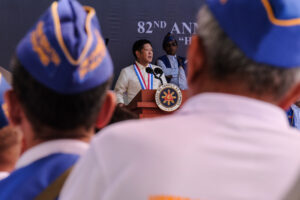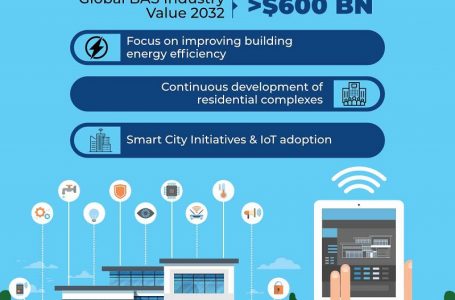Border checks due to Brexit could potentially raise consumer costs by billions
Marcos bars state cars from using sirens, blinkers

PRESIDENT Ferdinand R. Marcos, Jr. has banned sirens, blinkers and other signaling devices among state vehicles, saying these are a traffic hazard.
Their use has been rampant, causing traffic disruptions and unsafe road and traffic environments, he said in Administrative Order No. 15 dated March 25.
“All government officials and personnel are hereby prohibited from utilizing sirens, blinkers and other similar gadgets that produce exceptionally loud or startling sounds,” he said.
The late President Benigno S.C. Aquino III banned sirens and traffic counterflows when he came to office in 2010, but the practice became prevalent under his successor Rodrigo R. Duterte.
Mr. Aquino was frequently late for his appointments after getting stuck in heavy traffic because he refused to use them to set a good example.
He has also traded the official black presidential limousine for a white SUV in going to his official functions.
Mr. Marcos said these gadgets may only be used “under exigent or emergency circumstances or situations or to ensure the expedient and safe passage of emergency responders.”
Exempted from the ban are vehicles of the Armed Forces of the Philippines (AFP), National Bureau of Investigation, Philippine National Police (PNP), fire trucks, hospital ambulances and other emergency vehicles.
The Transport department and other agencies will review and update policies in line with the presidential fiat. Unauthorized and improper use of signaling devices will be punished.
The order was issued as the Philippine government tries to ease traffic jams in Manila and nearby cities, as well as in other urban centers given their economic costs.
Traffic congestion in the capital region costs the Philippine economy at least P3.5 billion daily or P1.27 trillion annually, Mr. Marcos said at a traffic summit on Wednesday, citing a study by the Japan International Cooperation Agency.
He has also regulated the issuance of protocol license plates to government officials, citing increasing complaints on unauthorized use.
In Executive Order No. 56 also dated Mar. 25, Mr. Marcos cut the classes of government officials entitled to use protocol license plates to 12 from 14, amending the order issued by then President Gloria Macapagal Arroyo in 2005.
Included in the list are the President with a No. 1 plate, Vice-President (No. 2), Senate President (No. 3), Speaker (No. 4), chief justice (No. 5), Cabinet secretaries (No. 6), senators (No. 7), congressmen (No. 8) and Supreme Court justices (No. 9).
Also exempted are the presiding justice of the Court of Appeals, Court of Tax Appeals, Sandiganbayan and Solicitor General (No. 10), the chairmen of constitutional commissions and Ombudsman (No. 11) and chiefs of the Armed Forces and national police (No. 14).
Cabinet undersecretaries (No. 12) and trial court judges (No. 16) were removed from the list.
The use of protocol license plates by authorized officials will be recommended by the Land Transportation Office (LTO) and approved by the Department of Transportation, based on the list of officials with equivalent ranks.
Although the associate justices of the appellate and tax courts and anti-graft court may use protocol license plates, it should not be “construed to authorize all other officials with equivalent rank,” according to the order.
Exempted officials may be given as many as two pairs of protocol license plates, while the President, Vice-President, Senate president, Speaker and chief justice may have three pairs.
Protocol license plates may not be transferred to unauthorized people or vehicles.
The Transport department will keep a registry of protocol license plates issued to all officials or cars and enforce the rules.
Executive Secretary Lucas P. Bersamin signed the twin orders. — Kyle Aristophere T. Atienza





